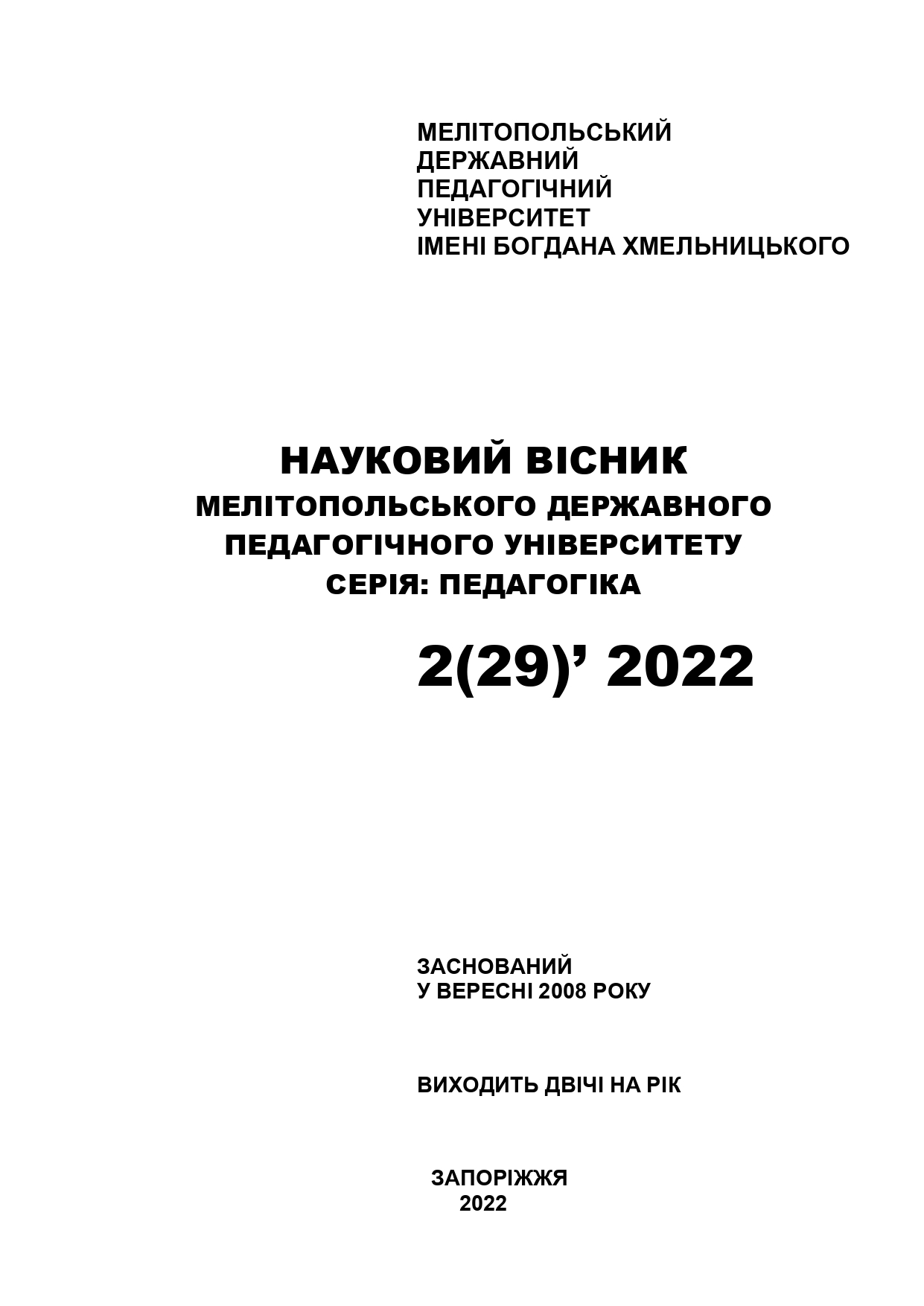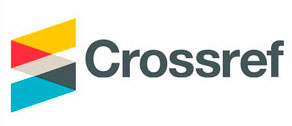Peculiarities of neuropsychological correction of alalia at different stages of interaction with a child
Abstract
The article presents the main directions of correctional work with non-speaking children who have symptoms of alalia. Depending on the form of alalia, certain correctional programs are effective. The main differences between the forms of alalia and the general etymology of their occurrence are characterized. The main attention is paid to speech therapy and neuropsychological correction of alalia, but the effectiveness of the work lies in cooperation with doctors of the relevant profiles. In the motor alalia, the formation of the expressive word, the praxis of the word is impaired, and the articulation, the fluidity of the word, while the understanding of the other’s word is not impaired. In neurologic condition, motor alalia may be combined with focal symptoms. Left-handedness is common in children with motor alalia. Regional deceleration or epileptiform activity can be revealed on an electroencephalogram Sensorial alalia is a disorder of speech understanding with preserved elementary hearing, a secondary underdevelopment of one’s own speech. Sensory alalia mainly affects speech gnosis, i.e. analysis of sounds, including audible speech, is impaired, and the connection between the sound image and the object it denotes is not formed – the child hears but does not understand the addressed speech (auditory agnosia). Correctional work is aimed not only at the development of speech, but primarily at the active development of the corresponding areas of the brain through sensory and speech therapy exercises. Taking into account the neuroplasticity of the children's brain, the effectiveness of the early start of corrective exercises has been proven.




